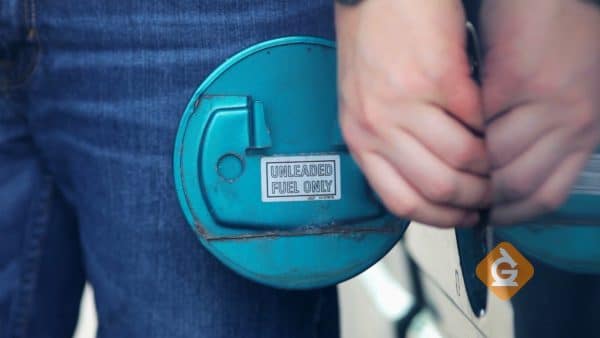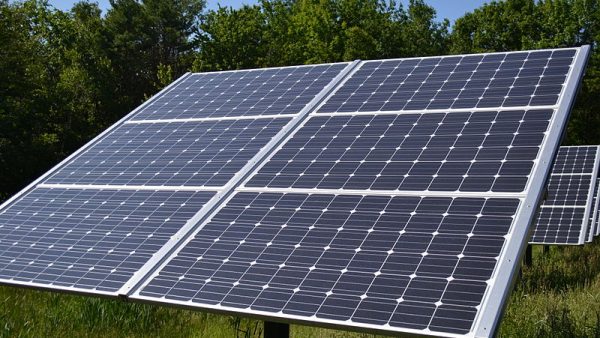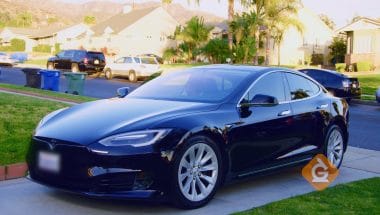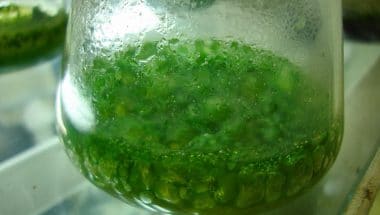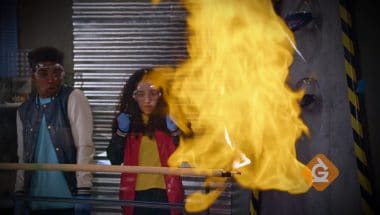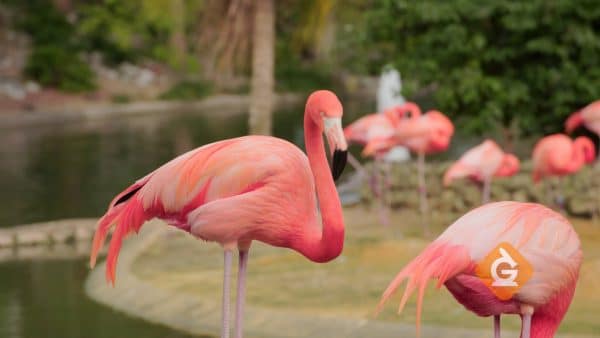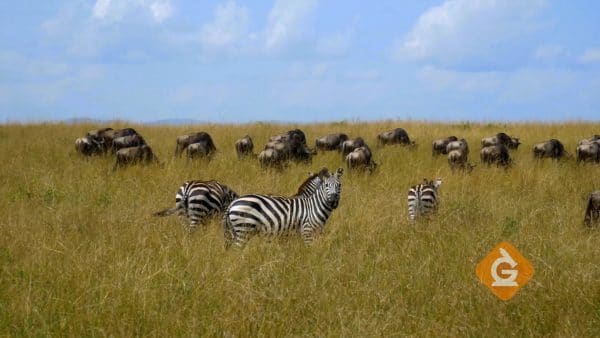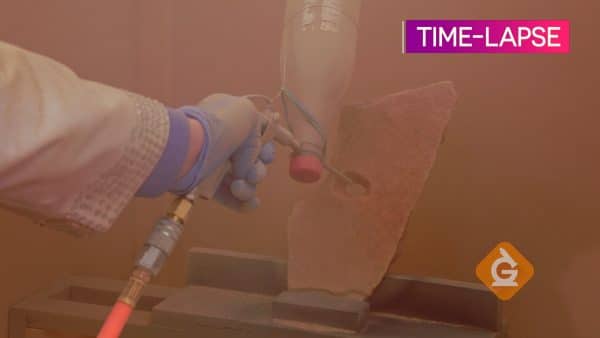Electric cars store energy in batteries. Electricity can be stored in batteries and then used to turn the wheels of an electric car. If the electricity is made from wind turbines, it is green, if it is made at a coal power plant, then it is not.
Fossil fuels are sources of energy made from prehistoric plants and animals.
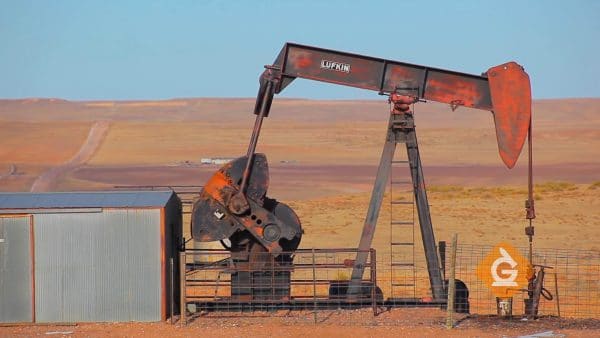
Our main sources of energy today are fossil fuels. They formed millions of years ago from dead plants and animals. Their remains became covered in mud and rock deep in the earth. The pressure from the ground above, combined with the Earth’s heat, converted this matter into substances that can be pumped out of the Earth by humans to be used as energy today.
There are three main types of fossil fuels: coal, oil, and natural gas.
Coal is a solid material that is burned to create heat in homes, or used in power plants to produce electricity.
Oil is a liquid fossil fuel, used to produce gasoline.
Natural gas can be used for cooking, heating, or generating electricity.
Fossils fuels are our primary source of fuel because they are relatively inexpensive, and historically they have been readily available. It is possible that we could run out of fossil fuels in the future so it is a good idea to think about alternatives.
